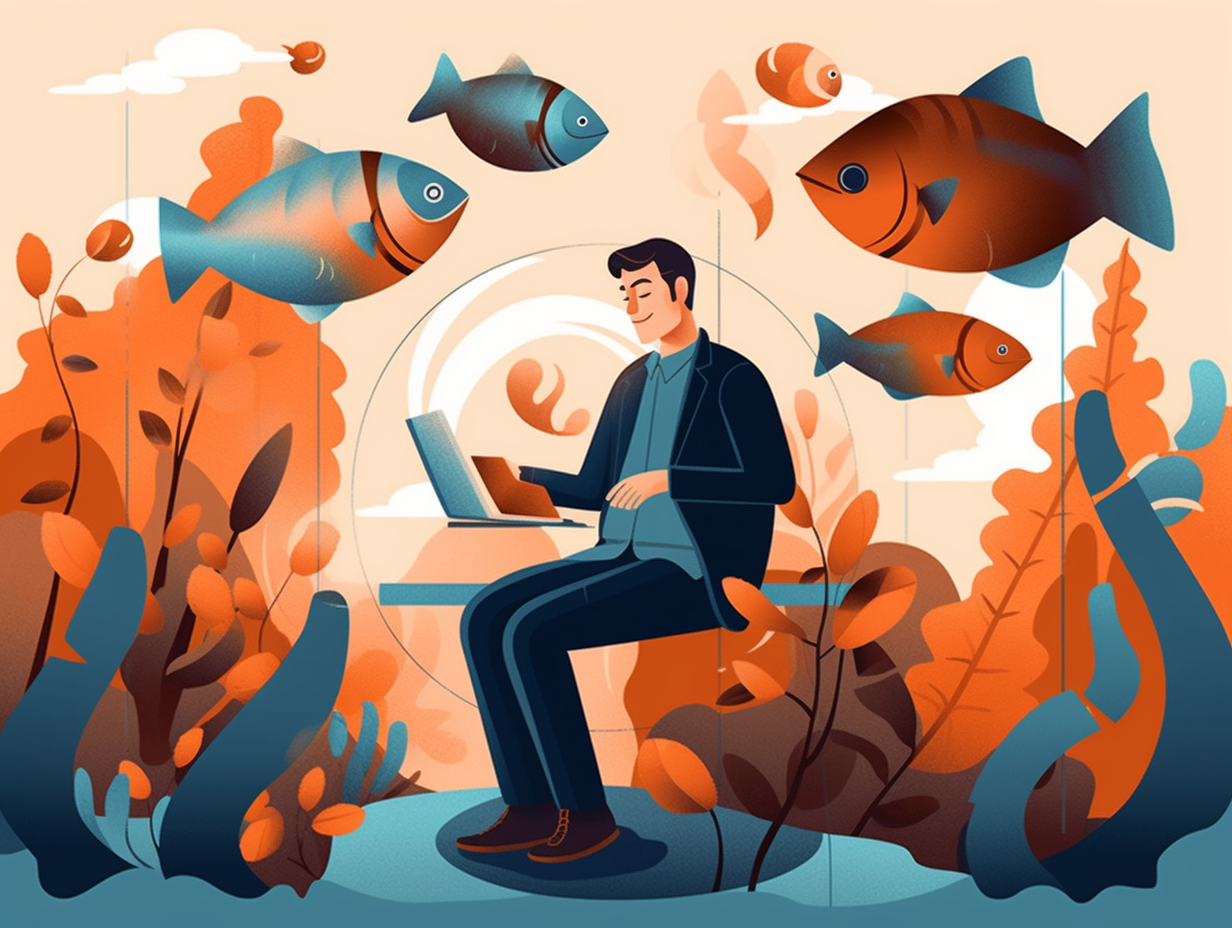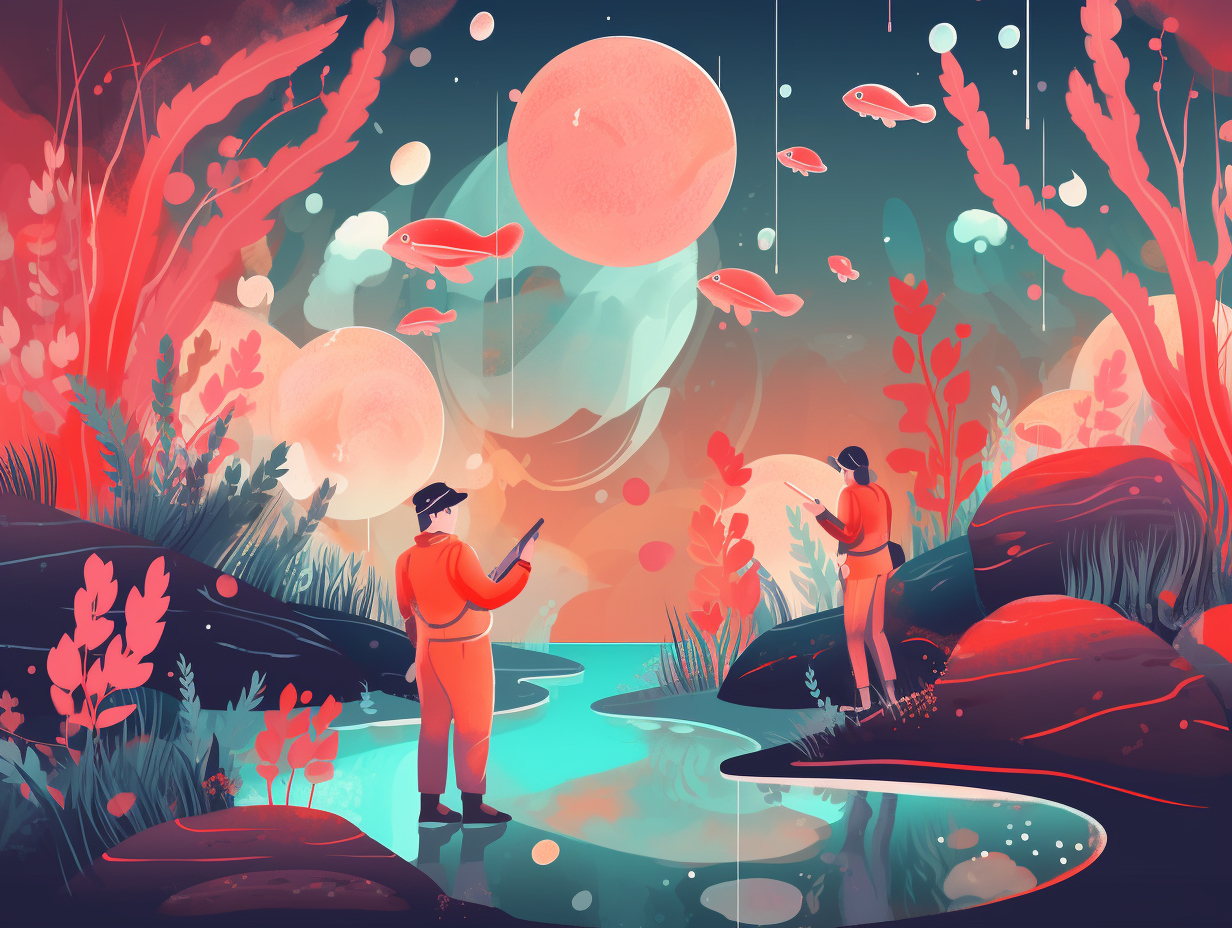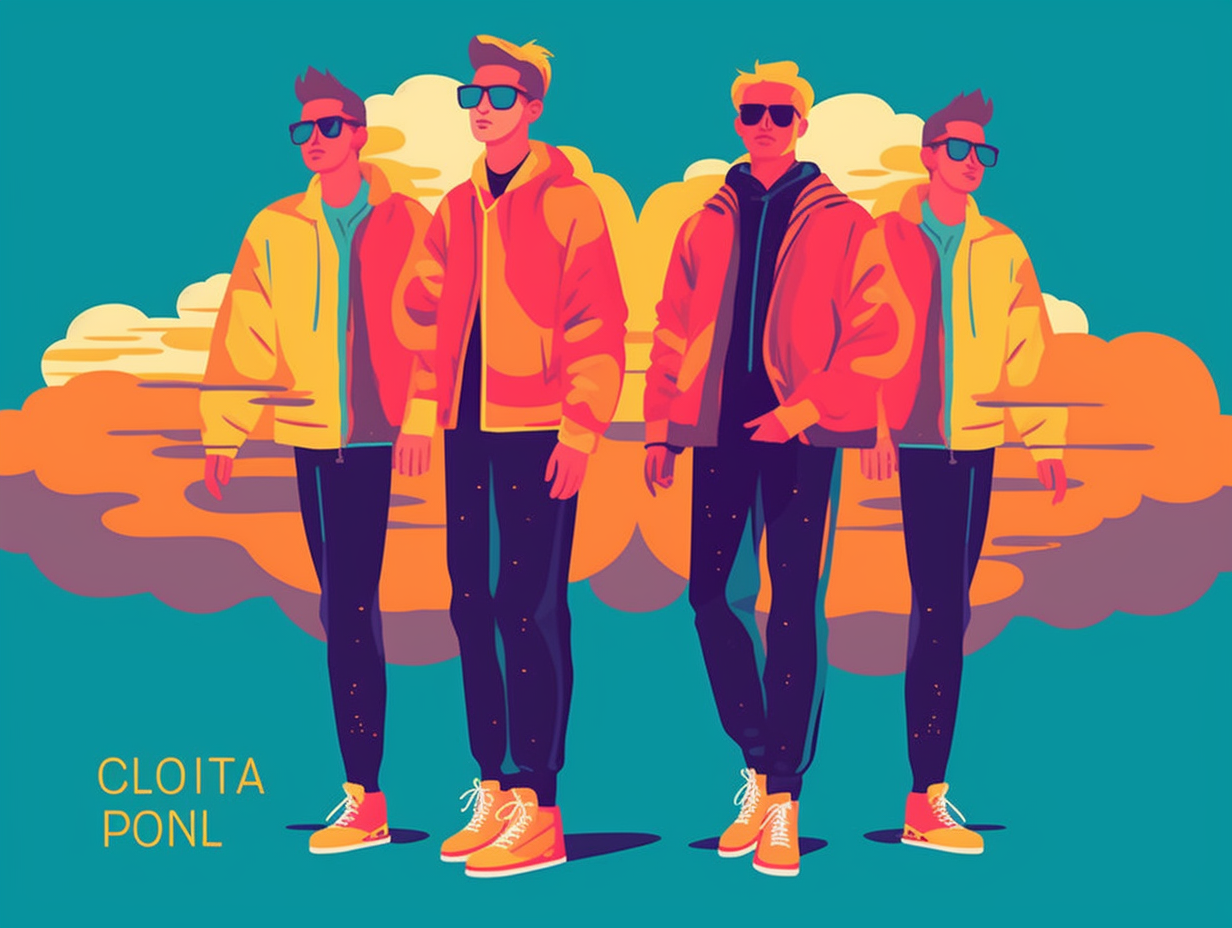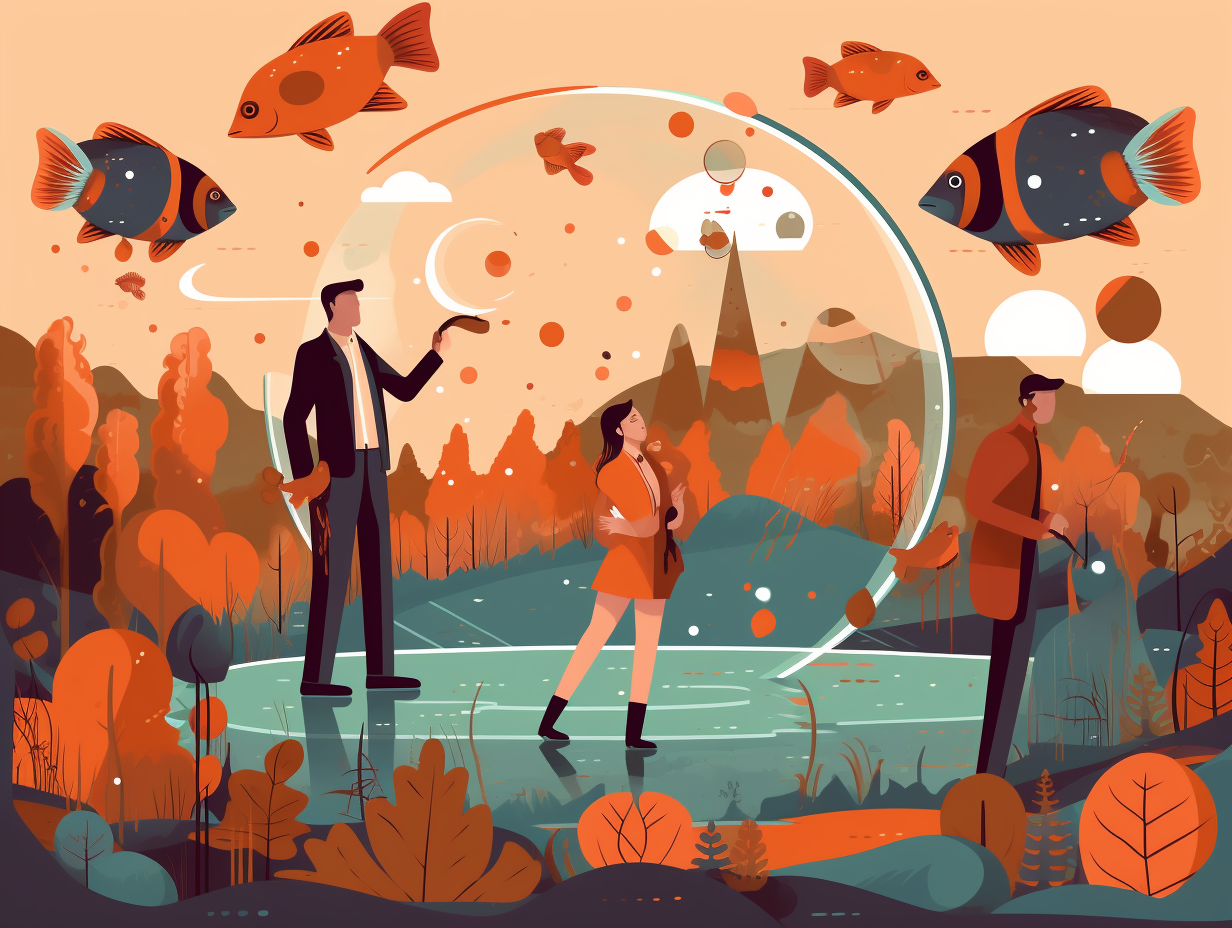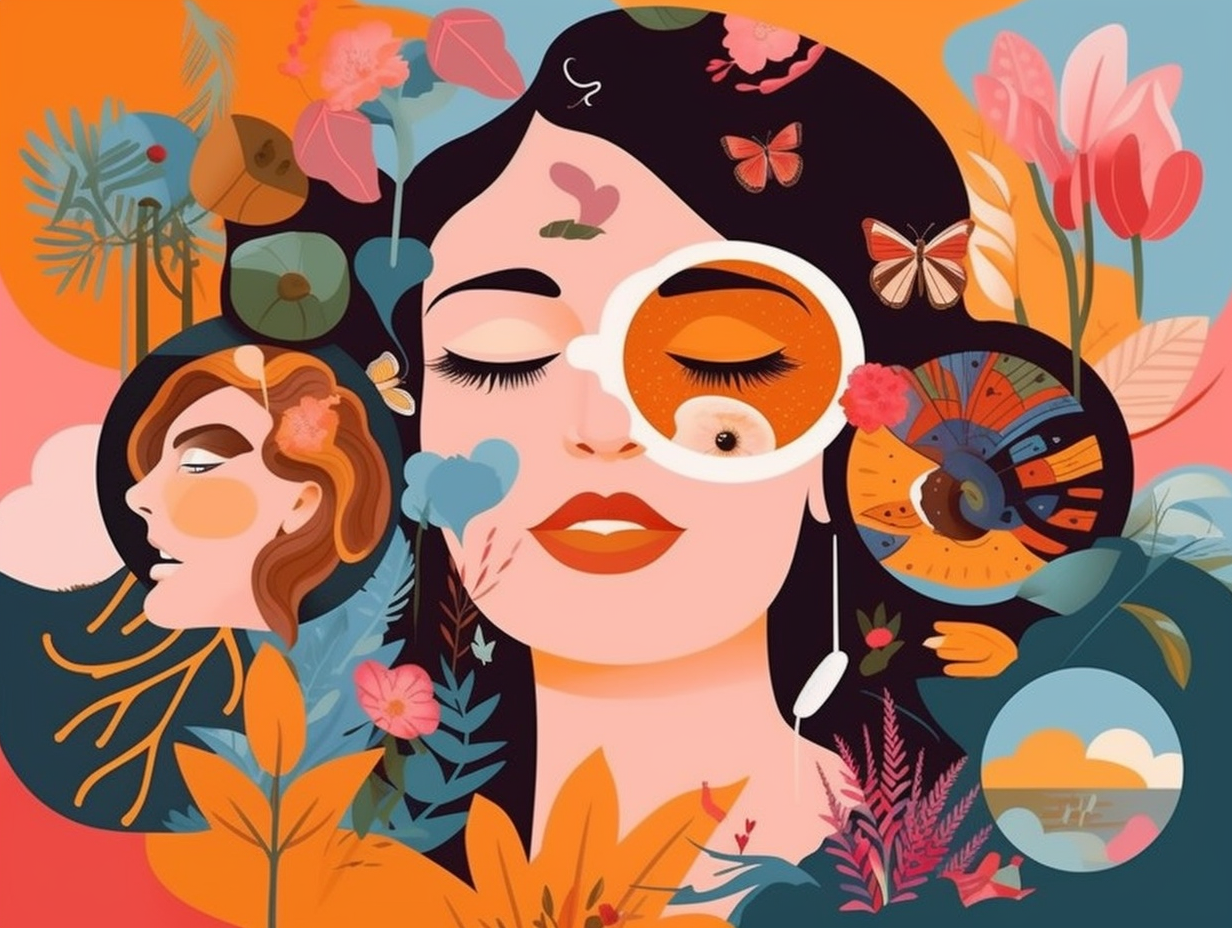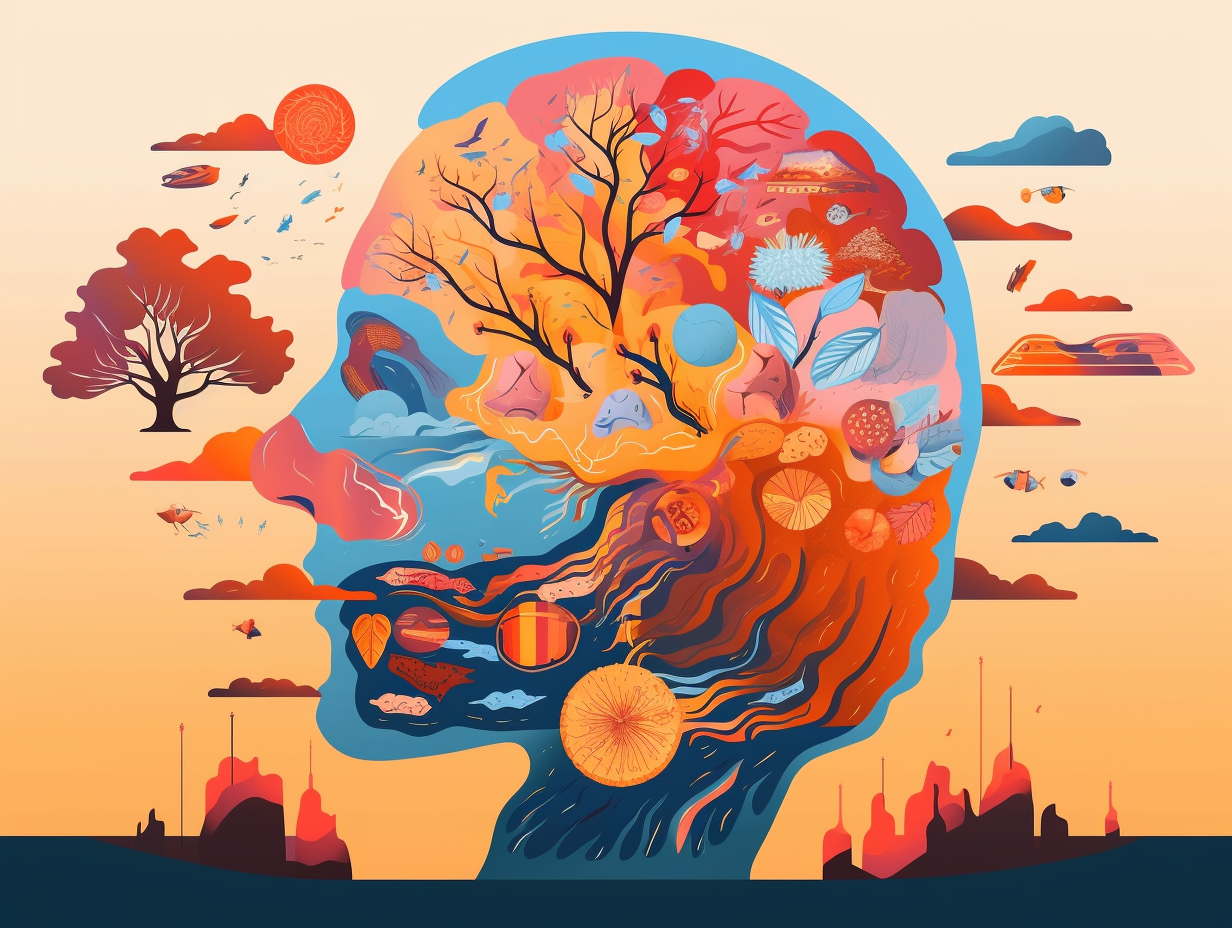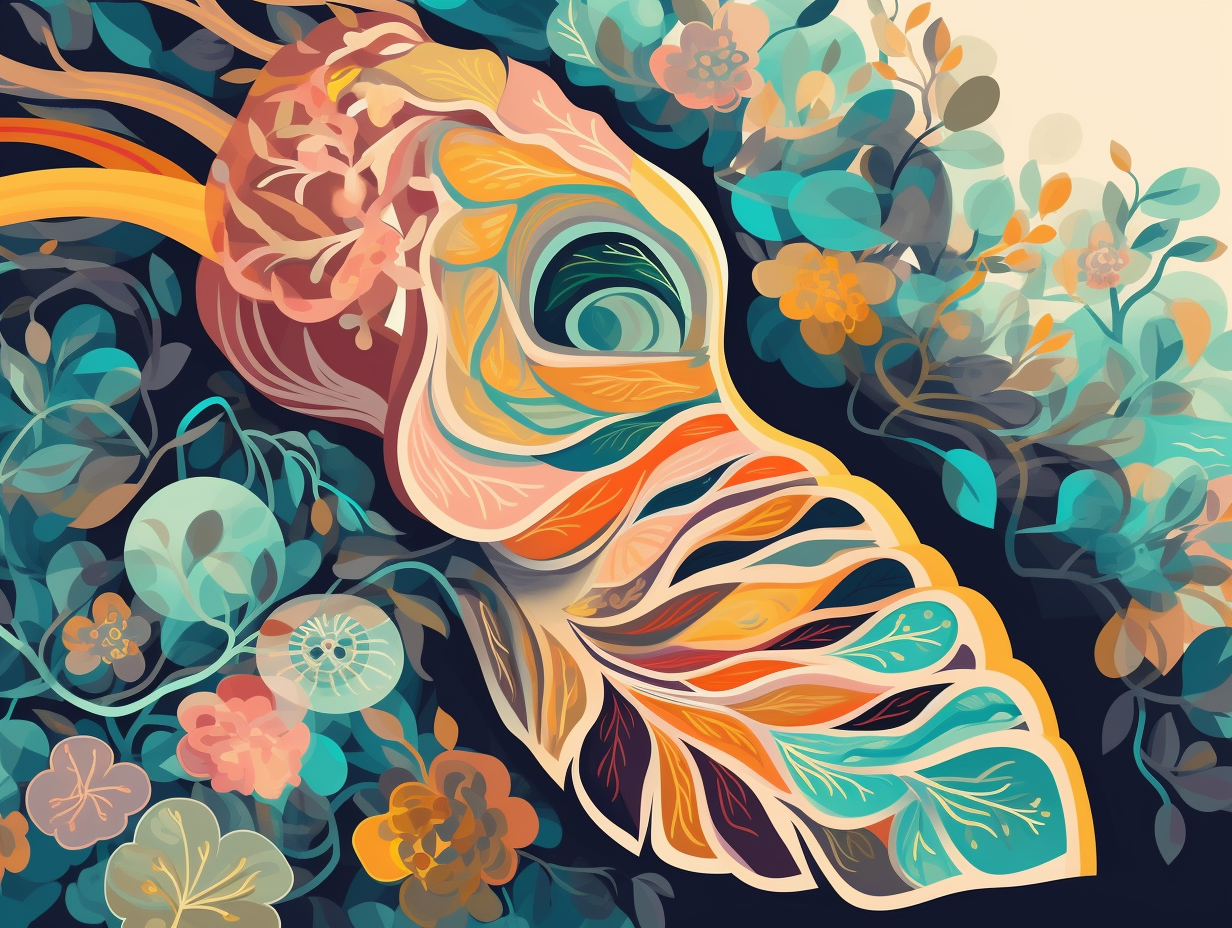Unlocking Secrets: Top 11 Amazing Fun Facts About Fingerprints You Never Knew!
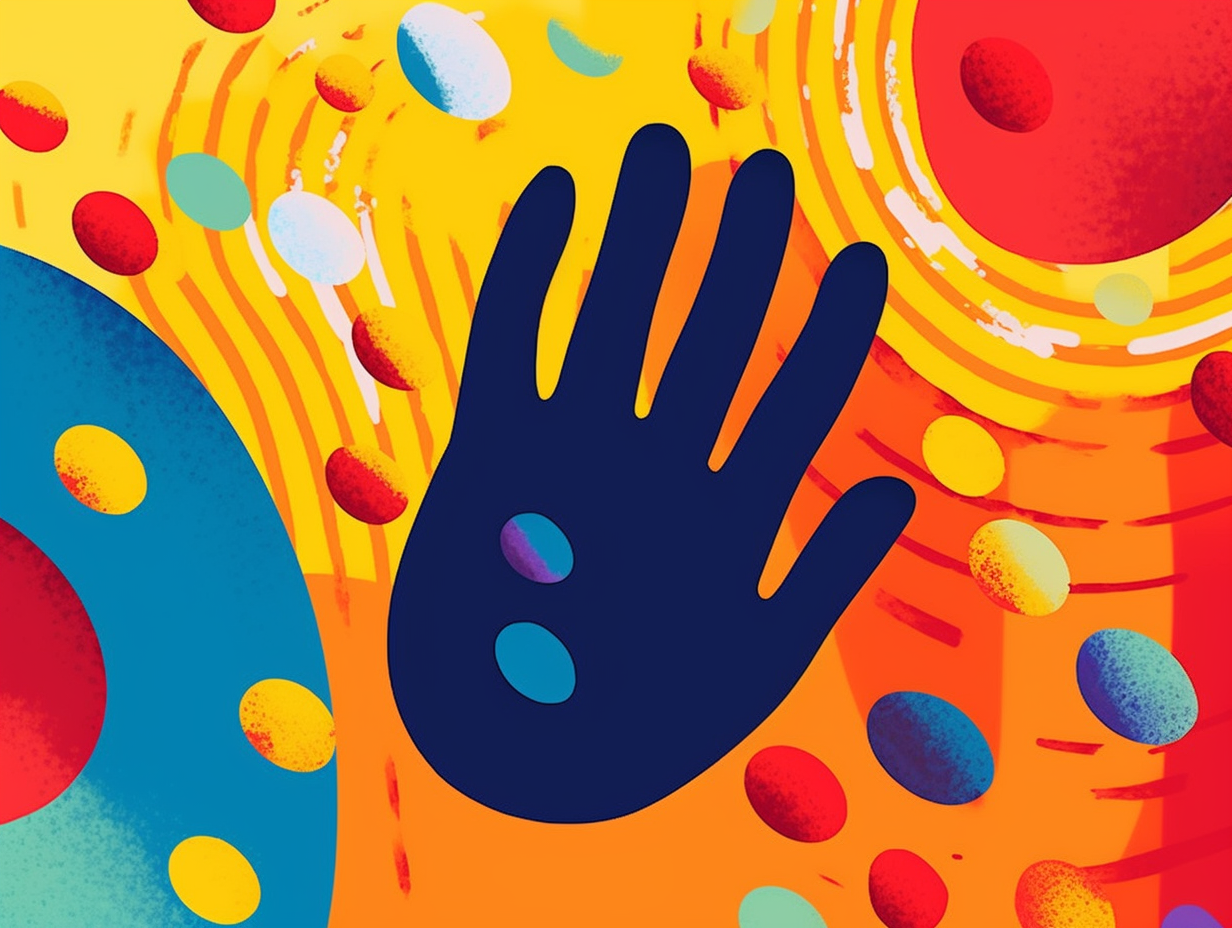
1. Fingerprints: The Ultimate Detective Mystery
Behold the great fingerprint conundrum: a twist so intricate, it leaves even the finest detective novels in the dust. The tale of our identity swirls right at our fingertips, etched even before we exit the womb: formed during the 10th week after conception, our fingerprints – unique to each individual, even twins – grow from cells in the skin's middle layer and cement their destiny between the 15th and 17th weeks, after a keratin coating sets those small yet significant ridges. A whodunit that's been with you since your very own plot began.
Source => lozierinstitute.org
2. Fingerprints: Diabetes Forecasters
You know what they say, a fingerprint a day keeps the diabetes away...or at least helps predict it: Fluctuating asymmetry in fingerprints might reveal a person's risk of developing Type 2 Diabetes Mellitus, with wavelet analysis of fingers IV and V being particularly helpful in early detection. Even more intriguing, the ridge pattern of fingerprints forms during the 14-17 weeks of gestation, offering crucial clues on when to introduce preventive measures during pregnancy.
Source => ncbi.nlm.nih.gov
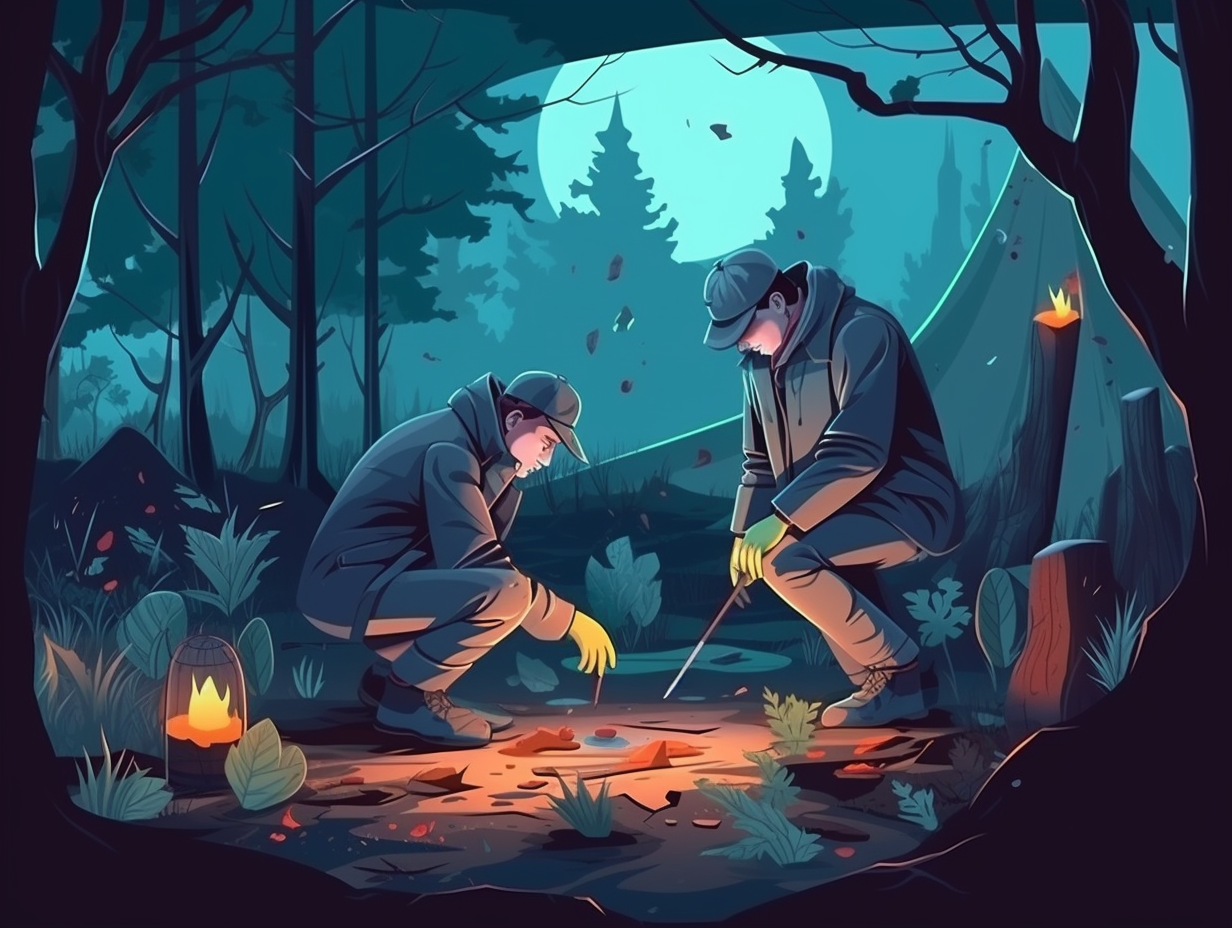
Did you know that soil can spill the beans on criminal suspects? 🕵️♂️ Discover how forensic scientists use unique soil properties and advanced testing methods to trace footprints and tire marks at crime scenes!
=> Fun Facts about Forensic-Science
3. Individualism Guaranteed by Fingerprints
In a world brimming with annoying and nosy doppelgängers, it turns out that our fingertips still manage to uphold the sacred creed of individualism: No two fingerprints are identical, not even amongst genetically matched twins, as they are shaped by in-utero factors such as genetics, pressure, and their cozy prenatal environment.
Source => htschool.hindustantimes.com
4. Fingerprints: Criminal's Fashion Statement
If you've ever wondered what could make your criminal career stand out in the sea of lawlessness, look no further than your very own fingertips – nature's bespoke calling cards: No two fingerprints are identical, making these unique combinations of ridges and valleys the perfect identification tool in law enforcement and other industries. Interestingly, it's not just primates who bear these dashing digits; various other animals also sport their own exclusive prints, further cementing our finger-fashion statements as more than just human accessories.
Source => jps.library.utoronto.ca
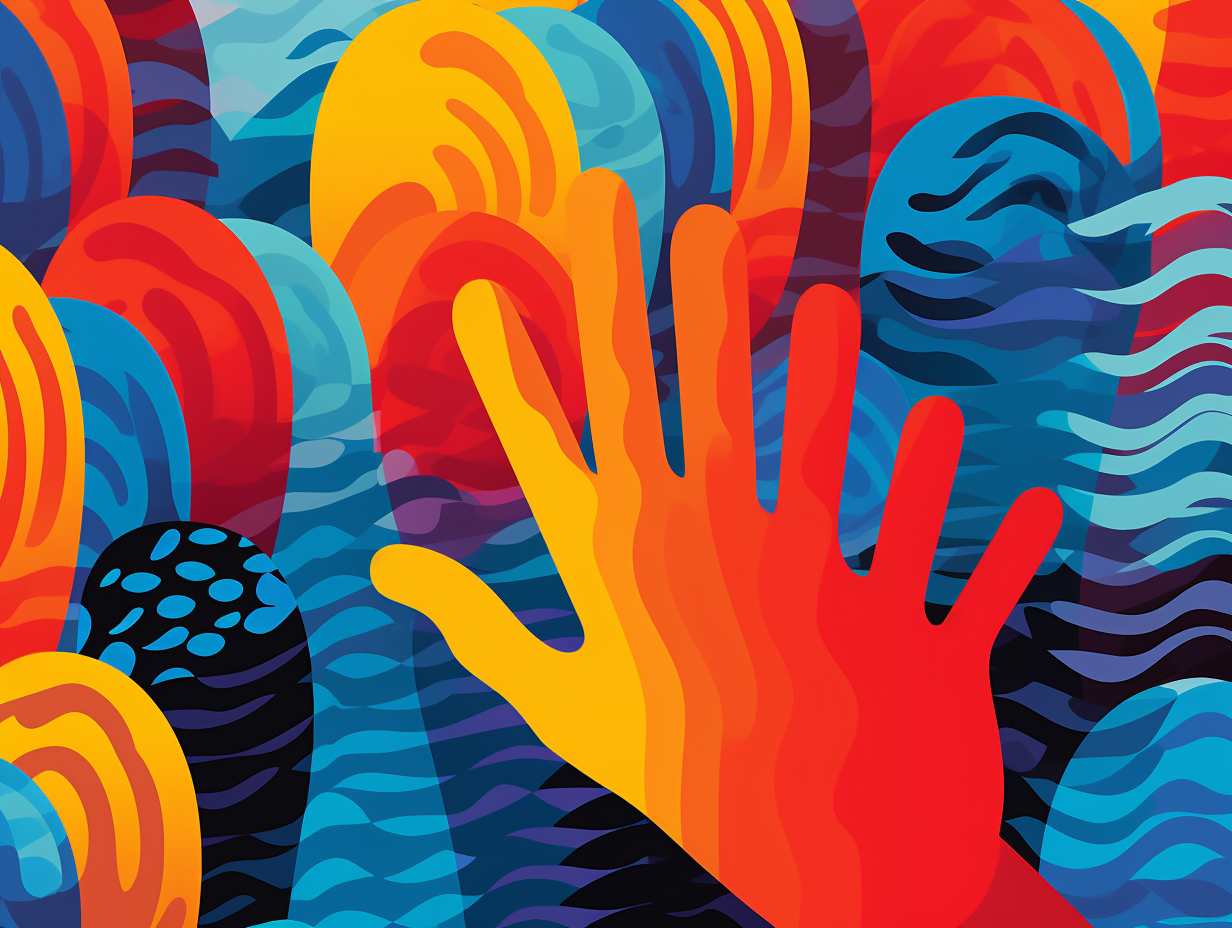
5. Argentina's Forensic Tango with Fingerprints
As the tango was taking the world by storm, Argentina decided to step up its identification game and twirl its way into forensic history: In the late 19th century, Argentina became the first nation to use fingerprinting as the sole means of identification, even opening up a national Office of Identification that housed both criminal and non-criminal fingerprint records.
Source => obscurehistories.com
6. Sneaky Secret: Exposing Invisible Fingerprints
Ever heard of the saying, "Leave no trace behind"? Well, your fingerprints have other plans, and we're about to expose their sneaky secret: A compound called sulfonated poly(diphenylacetylene) (SPDPA) can create high-resolution fluorescent images of latent fingerprints, simply by wetting the surface they're hiding on. Thanks to some electrostatic mingling with sweat components, this technique can detect even the sneakiest of invisible prints, even on ultra-smooth surfaces like glass. Beware, fingerprints - your days of remaining incognito are numbered!
Source => pubs.acs.org
7. Fingertip Popularity Contest
If the world's fingertips held a popularity contest for development patterns, Oceania would be the belle of the ball and the south of Africa would be awkwardly sipping punch in the corner: A study by David C. Rife shows that ulnar loops frequent 28 out of 33 populations, making them the Juliet to whorls' Rosaline across the globe. With loops adorning about 50% of digits worldwide, whorls taking 35%, and arches the remaining 15%, one could say we have a well-patterned planet indeed!
Source => fingerprints.handresearch.com
8. Michelangelo of Touch Sensitivity
You might say our fingertips have been "touching up" their sensitivity skills for centuries – they're practically Michelangelo when it comes to feeling textures! No wonder we make waves with every touch: our sensory neurons' receptive fields are as tiny as 0.4 millimeters wide, perfectly aligning with the width of a fingerprint ridge. A recent study in the Journal of Neuroscience found that this incredible alignment allows us to experience unparalleled touch sensitivity and dexterity, all while keeping these receptive fields anchored to our fingertips, no matter how we move along a textured surface.
Source => smithsonianmag.com
9. Shaky Science: The Validity of Fingerprints
Fingerprints may seem to be the perfect partners in fighting crime like Sherlock and Watson, but turns out, the trusty sidekicks have a shaky science behind them: Although no two people have identical minutiae, researchers now question the scientific validity and accuracy of fingerprint identification in criminal investigations due to its complex process of observation, analysis, and interpretation.
Source => sites.rutgers.edu

10. Natural Born Mr. & Mrs. Smiths: Adermatoglyphia
Ever wish you could commit the perfect crime without leaving a trace? Meet the folks with adermatoglyphia—the natural-born Mr. & Mrs. Smiths: This rare genetic condition caused by mutations in the SMARCAD1 gene results in completely smooth fingertips and soles, making their fingerprints all but invisible and only a few affected families identified worldwide.
Source => medlineplus.gov
11. Fingerprints: Humanity's Original Touchscreen
Fingerprints: the original touchscreens, elevating our sensory experience since the dawn of humanity - our very own, personally designed grip enhancers! In all seriousness: fingerprints not only assist in our sense of touch but also amplify the vibrations between our skin and surfaces, ultimately enhancing our ability to perceive texture. Who knew our fingertips were such technological marvels?
Source => ncbi.nlm.nih.gov
Related Fun Facts


